-
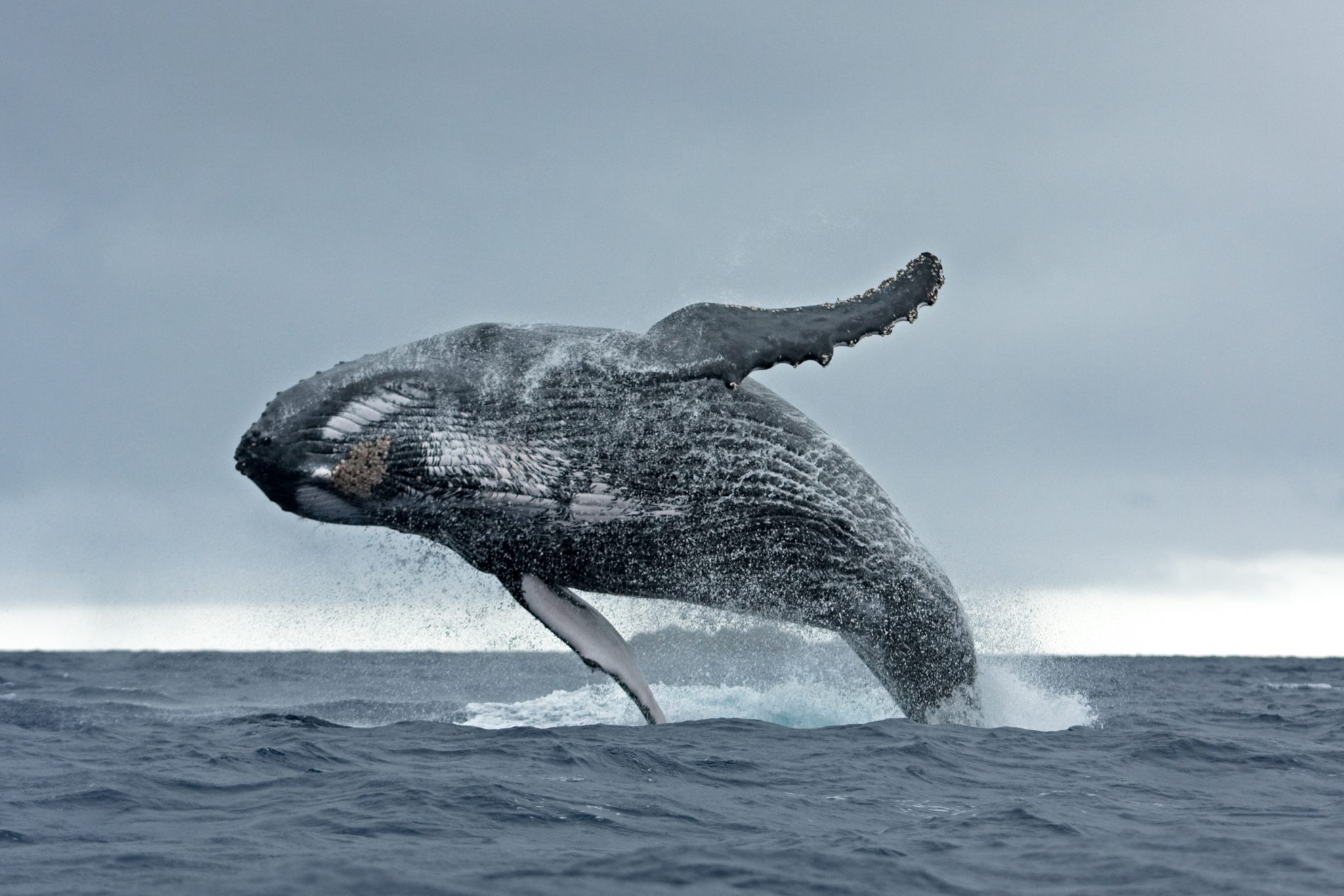 SPECIAL REPORTSGET INVOLVED
SPECIAL REPORTSGET INVOLVED
TAF's trip to Japan
TAF visited Japan in November 2019 to gain insight into:
– the country’s environmental issues, such as plastic consumption and overfishing
– the dolphin hunt in Taiji.
PLASTIC CONSUMPTION
Culture and plastic
- The systemic over-consumption of plastics relates closely to Japanese cultural instincts. Because of hygiene and food-safety concerns, products are wrapped in several layers of plastic.
- Japanese people are educated to not litter and to always clean up after themselves. They also avoid eating or drinking in public, and on public transport. Therefore, Japanese streets are usually spotless.
- The Japanese are very conscious about bringing their trash home, especially after attending public events. This habit is called gomi mochikaeri.
- Despite the lack of a national indoor smoking ban, some major cities began designating special smoking/non-smoking areas. Cigarette butts are nowhere to be found.
- It is a common practice for Japanese stores to give out plastic bags, straws and stirs. Napkins are also presented in plastic packaging. Drinks, on the other hand, are usually served in paper cups. All complementary items provided by hotels (water, toothbrush, soaps, cotton, shower hats etc.) are wrapped in plastic.

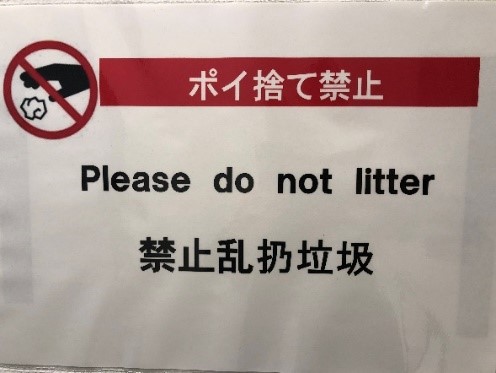
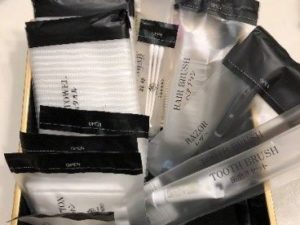
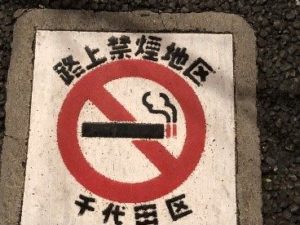
Waste management
- According to the United Nations Environment Program, the plastic packaging industry accounts for 34% of the global plastic production, and Japan remains the world’s second-largest per capital generator of plastic packaging waste behind the United States.
- Japan is also among the world’s 10 largest electronic waste offenders. 16,9 kg of e-waste was generated per inhabitant in 2016.
- In spite of having a sophisticated waste management system, Japan dumps between 20,000 and 60,000 tons of plastic waste in the ocean each year, according to the country’s Ministry of the Environment.
- The average Japanese person uses between 300 and 400 plastic bags yearly, adding up to 40 billion nationwide.
- An approximate 58% of Japan’s discarded plastic is incinerated in a process called “thermal recycling”, to produce thermal and electric energy. This practice releases a significant amount of carbon dioxide into the atmosphere and contributes to global warming.
- In 2014, the overall plastic packaging waste per person in Japan was 30 kg.
- 14% of Japan’s discarded plastic is exported to poorer countries in Southeast Asia which have insufficient recycling capacity — there are no means of assessing if that waste is being managed properly.
- Only about 14% of waste is recycled in Japan.
Environmental Policies
- Most initiatives by the Japanese government focus on waste collection, sorting and management – however little is done about the level of plastic consumption.
- A new measure requiring retailers to charge a minimum ¥1 fee for plastic shopping bags will come into effect in July 24th, 2020.
- In 2018, both the USA and Japan refused to sign G7 pact to reduce the use of single-use plastic.
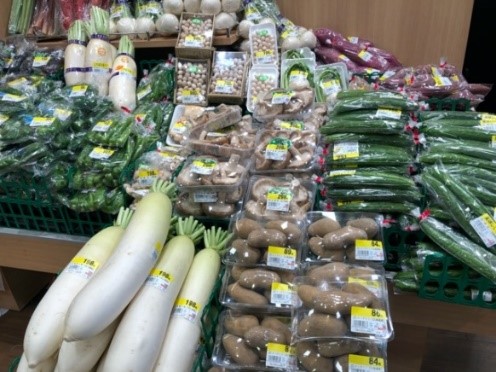
OVERFISHING
Food culture
- It is a cultural practice in Japan to eat fish at every meal, from morning to evening. They have a special preference for fattier and flavorful fish.
- In 2016, each Japanese person consumed an average of 45.3 kg of fish.
- According to FAO, capture fisheries have been declining since the late 1980s, from 11.2 million tons in 1988 to 3.2 million tons in 2017. This decline was due to inappropriate fishing practices, which could potentially endanger the livelihoods of millions of people around the world.
- The Japanese diet also has a broad range of popular vegan/vegetarian dishes, such as Udon noodles and Okonomiyaki.
- In larger and cosmopolitan cities like Tokyo, Osaka, Hiroshima and Kyoto, western food trends, such as French cafés, are gaining popularity, especially among young adults.
- It remains an open question how the food sector will behave as cultural shifts, as well as the decline of fish population, become more prominent.
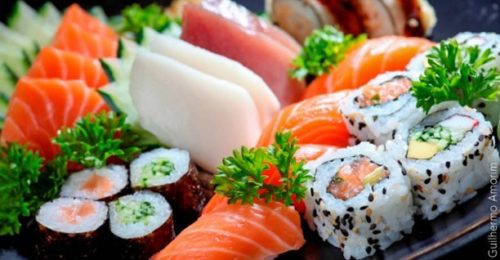
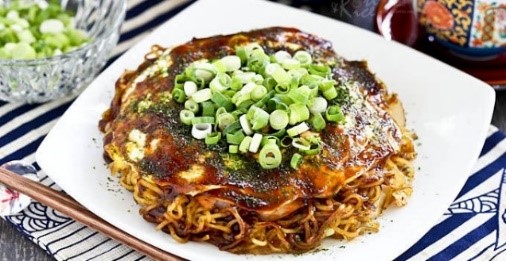
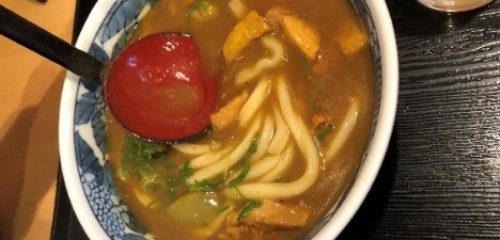
Economic aspects
- Fisheries traditionally play an important role in Japanese economy and food security.
- Tsukiji, the world’s largest fish market, is located in Tokyo. The outer market hosts restaurants and shops selling meals prepared with fresh products from the inner market. It attracts tens of thousands of tourists every year. The tuna auctions and the inner wholesale market, recently relocated to the Toyosu waterfront district, attracts high-spending buyers from around the world. Auctions start at 5h30. The general public has restricted access.
- TAF visited and interviewed the workers at the auction. It is clear that less tuna is now available and measures have been taken like getting tuna from Canada. The jumbo tuna is being flown from Canada by jumbo jet – therefore the name!
- They also confirmed that the leftovers of fresh tuna are being sold as canned tuna.
- The first tuna auction of 2019 set a record price of over 3 million USD for a critically endangered species – the giant bluefin tuna.
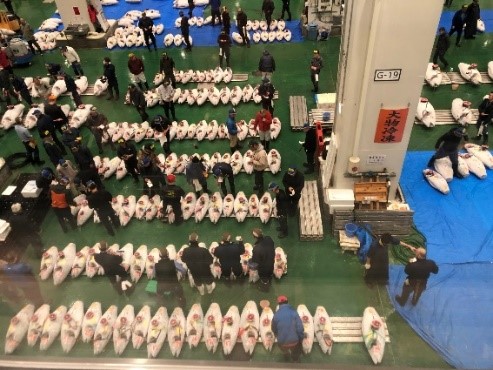
International fishing trade
- There are about 200,000 fishermen in Japan, who ensure approximately 68% of the internal fish supply.
- With USD 15 billion worth of imports in 2017, Japan is the world’s second largest importer of fishery products after the United States.
- In 2017, Japan’s exports of fishery products amounted to USD two billion.
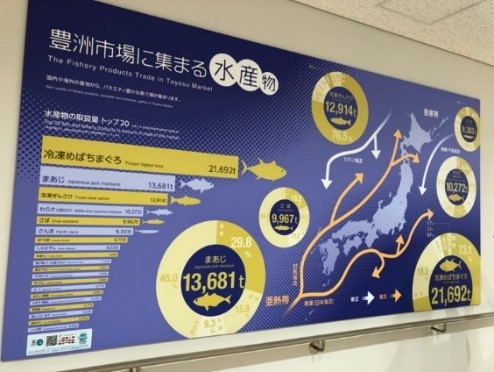
CAPTURE AND HUNT OF DOLPHINS AND WHALES IN TAIJI
Historical context
- Whale hunts and hunting techniques started to develop in Taiji over 400 years ago, when commercial operations were introduced in Japan.
- In the aftermath of World War II, whale meat expanded from a regional to a national staple as the country suffered from a severe food shortages. According to government data, production peaked at 226,000 tons whale meat in the 1960s, but had fallen down to 3,000 tons by 2017.
- Today, the taste is mostly preferred by older generations, who eat whale meat out of nostalgia, especially around Taiji area where whale meat dishes are on the menus and the meat is found in grocery shops.
- The overhunting of dolphins and whales in the decades after the WWII contributed to the near extinction of some species in Japanese waters.
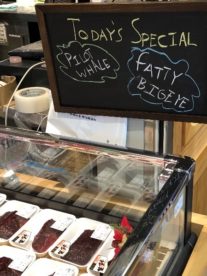
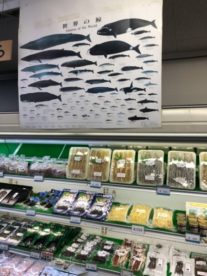
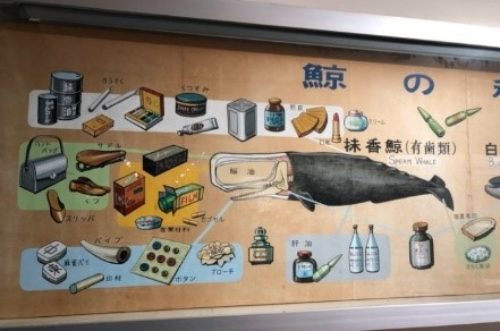
Capture, selection and slaughter in Taiji
- In the Wakayama province, in south Japan, whale and dolphins are considered as “an integral part of local food culture”. The government stands by dolphin hunting practices, arguing they have sole jurisdiction over the management of small-sized cetaceans.
- The infamous Cove and its surroundings, where the dolphin slaughter and selection take place, portrayed in an Oscar-winning documentary by the same name, is situated next to Taiji Whale Museum.
- Every morning during the hunt period, around 12 boats leave from and return to the Taiji harbor with dolphins and whales for slaughter.
- The slaughter season lasts from September to March every year.
- Fishermen in Taiji work under a fishing quota system, limiting the number of captures for consumption and sales to marine parks.
- They are allowed to catch up to 1,749 dolphins or small whales during the 2019/2020 annual season.
- Attractive specimens can be sold to foreign aquariums for tens of thousands of dollars each.
- China is the major export destination for live dolphins and whales from Japan.
- As per the current export agreement with the country, Taiji delivers 60 live dolphins to marine parks each year.
- The list of large importers of live cetaceans from Japan also includes Russia, South Korea, Thailand, Vietnam, the Ukraine, and Saudi Arabia.
- The Dolphin Project is present for six months of the year, in an effort to bear witness to the slaughter and captive selection process of dolphins. The cove-monitors share real-time footage to draw the attention of the international public to these practices.
Taiji
- Taiji has a rich cultural and natural heritage, with beautiful surroundings.
- Our first impression of Taiji was that of a ghost town – deserted, abandoned, with whale sculptures and signs of whales everywhere. Inhabitants of larger cities we reached out to seemed to be blissfully unaware of the cetacean slaughter in Taiji. The town seemed to deliberately keep a low profile.
- The only two foreign tourists we met after four days at the hotel were completely oblivious to the slaughtering situation. They had come to hike in the mountains.
- The local businesses, restaurants and hotels seemed to be suffering from the lack of clients. The financial motivation behind the slaughtering did not seem to benefit the town as a whole.
- The police kept the few visitors closely watched at all times. While in town, we were halted and questioned thoroughly – including about our dietary preferences. The rare civilian passers-by seemed suspicious of us, showing hostility and angry looks.
- From the hotel, we were able to view areas of restricted access to the whale museum.
- Outside our hotel, a whaling boat with its clamp to catch whales was displayed. The same kind of boat is still used today.
- What happens in the whale museum?. We only found out after entering! We witnessed the ceaseless training of dolphins and melon-headed whales for export purpose. The animals were held captive in either small dirty tanks or in small cages for training purposes.
- The dolphins were only fed a few small fish from time to time, which is unlikely to be sufficient amount of food.
- The trainers were young and seemed proud to have dominion over the dolphins, standing and surfing on them while teaching them tricks for marine parks.
- The park’s employees seemed particularly stressed about visitors taking photos and shooting videos.
- In a crowded and dirty tank, four blind dolphins were swimming in an opposite direction from all the other dolphins.
- While overlooked by the park’s employees, the tourists often allowed themselves to feed and touch the dolphins. That practice put the animals at risk, making them particularly vulnerable to transmittable diseases and skin bruises. In summer, tourists could also learn to train and swim with the dolphins.
- We noticed a group of striped dolphins in a crowded old pool. As most of their mates, they followed a busy schedule, which included from 4 to 8 performances a day.
- In the bay, we identified a False Killer whale, a short fin Pilot whale, and a Melon Risso dolphin, 6-, 4- and 3-meter long, respectively, being trained simultaneously for the shows. The trainers would walk and step on them, and play high-pitched music continuously. The animals were granted no food or time to rest – they looked utterly bored and dejected.
- This so called “whale museum” contained so many cages with dolphins captured and forcefully trained nonstop.
- The entrance fee to the whale museum and to the dolphins was of 1500 yen – the equivalent of 10 euros.
- The whale museum displayed the whaling equipment (e.g. harpoons). They also provided a detailed explanation of the whaling history, and tradition of the killing process.
- The museum’s souvenir shop sold whale meat, among other items.
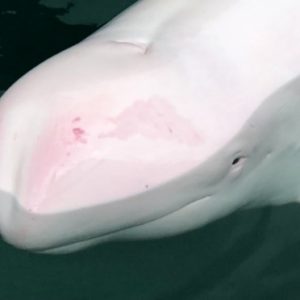
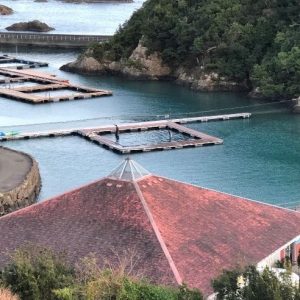
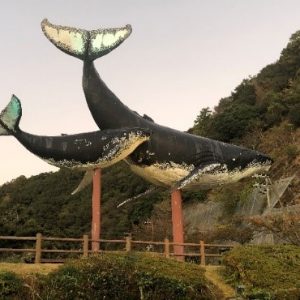
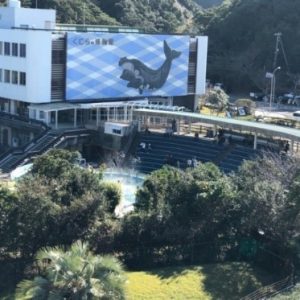
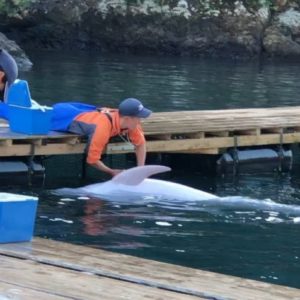
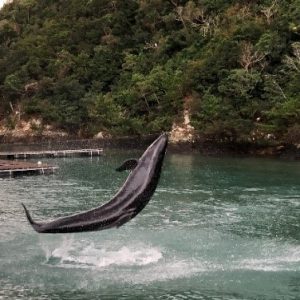
The Cove
- A few hundred meters from the whale museum, we found the infamous Cove where the award-winning documentary was filmed in 2009 and the reason why police are now constantly observing.
- It was heartbreaking to witness a place where so many dolphins have been slaughtered or captured. At the stone walls we spotted ropes used to keep the dolphins tied up and we could only imagine how much suffering there had been here and still is… While we were in Taiji, no slaughter was happening, but the week before and the week after, lots of dolphins lost their lives here.
- The reason behind the slaughter of dolphins is unclear. Given the low demand for dolphin meat and the low selling price, as well as the high returns for live specimens, the slaughter is unlikely to be a profitable business. We wonder if some of the meat is used as feedstock in the animal food industry.
- The Dolphin Base is another aquarium in Taiji offering a “swim with the dolphins” program, in addition to the shows. They look out for westerners, and denied they were doing dolphin shows when we asked.
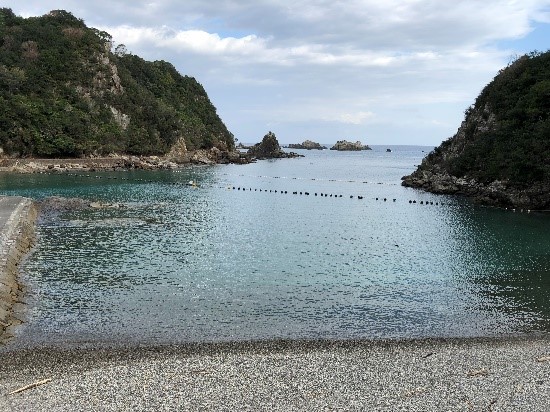
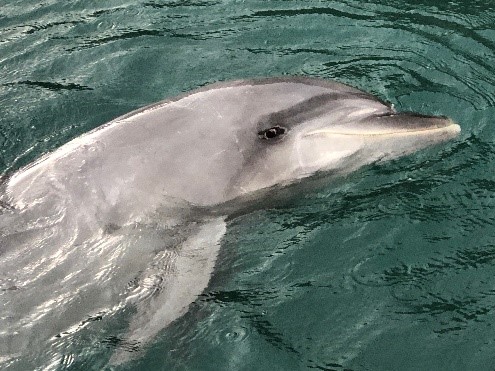
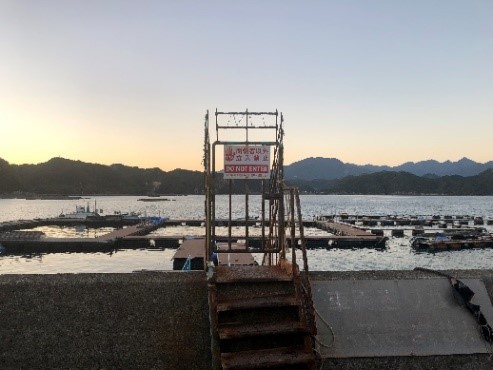
WHAT TO DO?
- Whales and dolphins’ essential role in the ecosystem must be communicated much more.
- The decrease in their population poses a severe threat to the planet and to ourselves.
- Many NGO’s are already in place and working to stop the hunting process. In this context, TAF’s focus is on suggesting innovative solutions for this grave problem.
- We think Taiji has a rich natural and historical heritage, which could be explored for tourism.
- The city could be transformed completely into a beautiful spa resort where visitors would learn about local traditions and the history of extinguished whaling and dolphin practices, all the while, enjoying the calmness of its beautiful mountains, temples, beaches and shoreline.
- Local businesses could flourish with the implementation of new restaurants, resorts and spas to attract tourists.
- TAF continues our daily efforts to create awareness about the captivity industry.
Say NO to marine parks!
SOURCES:
https://www.nytimes.com/2019/06/27/world/asia/japan-g20-plastics-pollution.html
https://www.washingtonpost.com/world/asia_pacific/japan-wraps-everything-in-plastic-now-it-wants-to-fight-against-plastic-pollution/2019/06/18/463fa73c-7298-11e9-9331-30bc5836f48e_story.html
https://www.forbes.com/sites/lamsharon/2017/11/23/global-e-waste-to-hit-49-8m-tons-by-2018-heres-what-japan-is-doing-to-combat-it/#662748dd35ca
https://www.theguardian.com/world/2019/jun/27/japans-plastic-problem-tokyo-spearheads-push-at-g20-to-tackle-waste
https://asia.nikkei.com/Spotlight/Environment/Plastic-bag-fees-to-be-mandatory-for-Japanese-retailers
https://www.japantimes.co.jp/news/2020/03/05/national/fee-plastic-bags-japan/#.XnoDby2b7Vo
https://www.statista.com/chart/17175/e-waste-generated-per-inhabitant-in-selected-countries/
http://www.fao.org/fishery/facp/JPN/en
https://www.bbc.com/news/business-45755348
https://www.nytimes.com/2019/01/05/world/asia/record-tuna-price-japan.html?auth=login-email&login=email
https://www.pref.wakayama.lg.jp/prefg/071500/iruka/documents/dolphin_fishery.html
https://www.nytimes.com/2019/07/01/business/japan-commercial-whaling.html
https://www.japantimes.co.jp/news/2019/01/11/business/future-whale-meat-consumption-japan/#.XnuN7i2b7Vo
